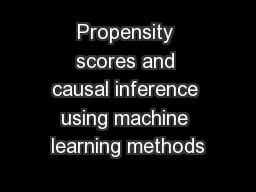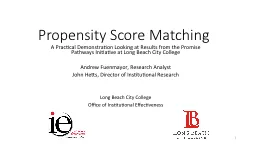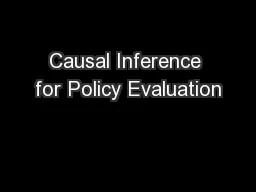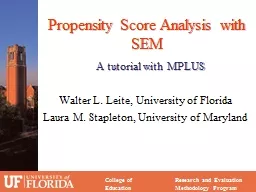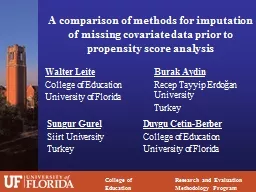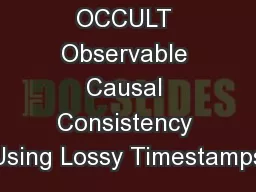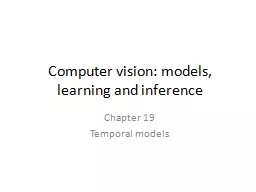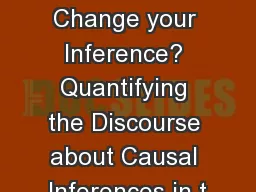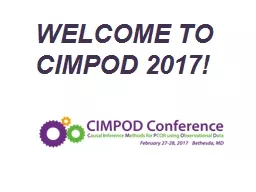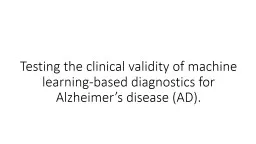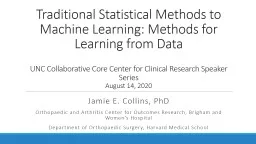PPT-Propensity scores and causal inference using machine learning methods
Author : myesha-ticknor | Published Date : 2018-09-25
Austin Nichols Abt amp Linden McBride Cornell July 27 2017 Stata Conference Baltimore MD Overview Machine learning methods dominant for classificationprediction
Presentation Embed Code
Download Presentation
Download Presentation The PPT/PDF document "Propensity scores and causal inference u..." is the property of its rightful owner. Permission is granted to download and print the materials on this website for personal, non-commercial use only, and to display it on your personal computer provided you do not modify the materials and that you retain all copyright notices contained in the materials. By downloading content from our website, you accept the terms of this agreement.
Propensity scores and causal inference using machine learning methods: Transcript
Download Rules Of Document
"Propensity scores and causal inference using machine learning methods"The content belongs to its owner. You may download and print it for personal use, without modification, and keep all copyright notices. By downloading, you agree to these terms.
Related Documents

